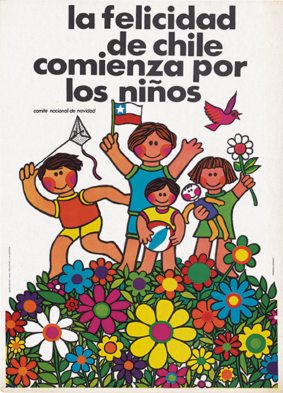Radiant; The Faces Behind the History
By Katie Dongworth
The fifties are usually identified by housewives, swing dresses and rock and roll. The sixties are, for many people, sexual liberation and free love. The seventies are long hair and flares. The eighties are perms and power suits. We like to define. And no more so than with the decades of the twentieth century, which have very specific characteristics in our collective, and often overly nostalgic, imagination.
But what about the people behind these characterisations?


Both published by Hoxton Mini Press, Paul Trevor’s Once Upon A Time in Brick Lane and Mike Goldwater’s London Underground 1970-1980 bring the faces of these eras to the forefront. Both publications present photographs, taken in the 1970s and 1980s, that display the humanity of the two decades in London.
These decades were a turning point in British identity. The capital had become increasingly diverse for centuries: from the settlement of French Huguenots in the seventeenth century to the Irish and Jewish immigration of the nineteenth century. However, it was in these decades that modern British identity began to take real form. The collapse of the British Empire was now a reality. The Caribbean immigration of the 1950s and the growing Bangladeshi community in the East End brought yet newer worlds of art, music, food and fashion. Women were going to work in power suits and second-wave feminism was gaining momentum. Nottinghill Carnival was in full swing and the first UK Pride Protest kicked off in Trafalgar Square in 1971. For the first time in history, London was a truly cosmopolitan city.


Of course, no time in history is without its darker side. The immigrants invited to this country were met with racism and poverty. Homophobia and sexism had been entwined in the fabric of society for so long, unravelling it seemed nearly impossible. The baby boomer generation, who had no direct memories of the World Wars, were coming of age in a city still ravaged with decades-old damage from the blitz. Terraced houses were being knocked down and replaced with brutalist high rise flats and public facilities were non-existent. As Alan Gilbey notes in his Once Upon A Time In Brick Lane Afterward, the streets of London were “turning corrugated iron grey”.


In the dawn of a new cosmopolitan era, hardship was undeniably rife, however, as is so often the case with humanity, hope prevailed. Londoners brought their own colour to the streets they called home, perfectly depicted, somewhat ironically, by Paul Trevor’s monochrome masterpiece.


Of course the shifting identities and revolutionary spirit of the period was not merely confined to the East End. It spread all over the capital, right down to its roots. London Underground 1970-1980 illustrates photos taken only in the depths of the underground tunnels of London, which remain, to this day, a true cultural treasure. Mike Goldwater captures the rich tapestry of people that passed through this treasured labyrinth, further revealing the humanity behind these symbolic decades in history.


Like Paul Trevor’s photographs, Mike Goldwater’s black and white images capture the human intimacy and feeling that transcends cultural and historical characterisations. The book reveals the tender kisses goodbye, the apathy of a man finishing his cigarette, the homeless sleeping next to everything they own in the world, the Friday night revellers forgetting about work and the homeward-bound commuters deep in thought. Perhaps about life itself. Perhaps about what they fancy for dinner.
See the resilience, humour, diversity, hope and persistent joyfulness of the faces behind our capital’s history in these two beautiful collections. Paul Trevor’s work was published on 3rd October 2019 and Mike Goldwater’s book will be available from 7th November 2019.
Once Upon a Time in Brick Lane by Paul Trevor is published by Hoxton Mini Press
London Underground: 1970-1980 by Mike Goldwater is published by Hoxton Mini Press





